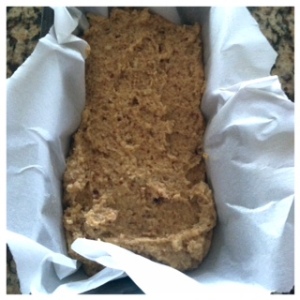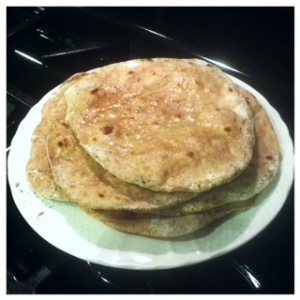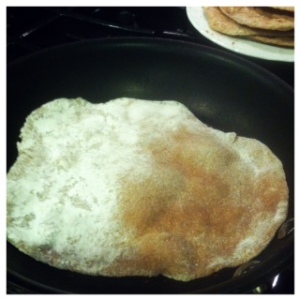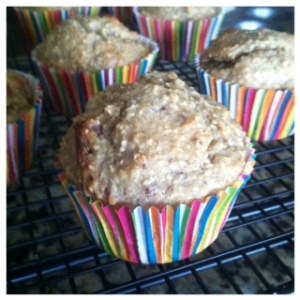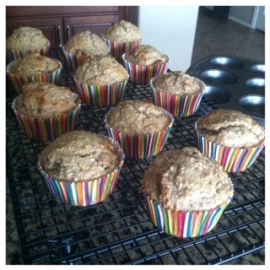I love bread; so, entering a paleo diet was rather difficult. Taking the transition slowly, I decided to experiment with this paleo bread. Understanding that this bread is made with coconut and mainly almond flour is key. These flours act differently than your typical white and whole-wheat flours.
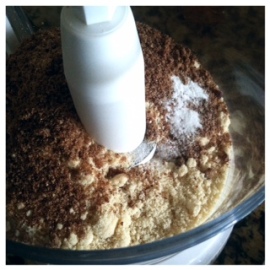
Almond flour, almond meal or ground almond is made from ground sweet almonds. Almond flour is usually made with blanched almonds (no skin), whereas almond meal can be made both with whole or blanched almonds. The consistency is more like corn meal than wheat flour. Almond meal has recently become important in baking items for those on low carbohydrate diets: the paleo diet. It adds moistness and a rich nutty taste to baked goods. Items baked with almond meal tend to be calorie-dense. Almond meal has low heat conductivity. Almonds have high levels of polyunsaturated fats in them. Typically, theomega-6 in almonds is protected from oxidation by its surface and vitamin E. When almonds are ground, this protective skin is broken and exposed surface area increases dramatically, greatly enhancing the nut’s tendency
to oxidize.
Here are some tips to keep in mind:
- I used a mixed berry flax seeds. It added a few extra sweet notes because of the fruit.
- Processing the dry ingredients in a food processor mixes them together and helps break apart the flax seeds.
- I added my wet ingredients straight into the food processor–being sure to really mix
the ingredients. - Blending the dry ingredients separate is the proper technique because it allows for an even mix.
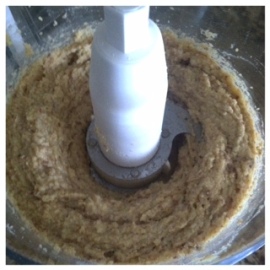
- I lined my loaf pan with parchment paper: it keeps the pan clean and permits
easy removal. - I love using honey as a sweetener. It is a great adhesive because it is sticky, and it is not overly sweet.
- I allowed my bread to cool on a cooling rack. It will continue to cook if left in the pan; however, I don’t mind a semi-doughy center.
- The bread will note rise because it lacks active yeast, so do not base your cooking times on that staple.
Used in moderation, the bread provides some comfort food in the transition to a strict paleo diet. Although it is harder to make sandwiches because of it’s lack in height, it pairs well with nut spreads and homemade, sugar free jams. I love the light density the bread creates; I love the nuttiness from the almond flour; I love that I can enjoy bread–for now.
Leave a comment with your favorite jams and nut spreads. Follow my Pinterest. Check back again next Wednesday for more tips and tricks from The Cooking Bug.

